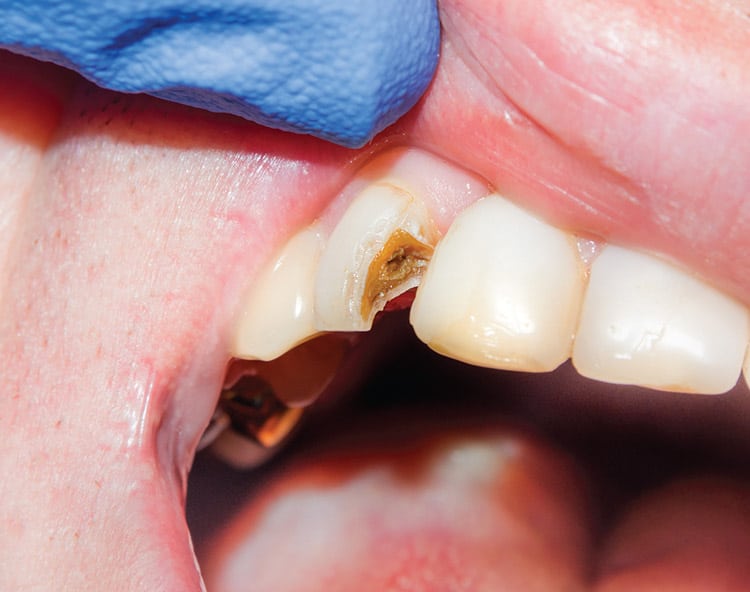Report Offers Blueprint for Equitable Oral Healthcare
Poor oral health reduces the economic vitality of American society by increasing healthcare costs and limiting workforce participation.
Poor oral health reduces the economic vitality of American society by increasing healthcare costs and limiting workforce participation. This is a key finding in “Oral Health in America: Implications for Dental Practice,” a report published by the American Dental Association. The paper highlights key elements of a larger report, “Oral Health in America: Advances and Challenges,” released by the National Institute of Dental and Craniofacial Research and National Institutes of Health.
The paper provides a sweeping assessment of changes in the state of oral health since the U.S. Surgeon General’s seminal report on oral health in 2000. In spite of improvements in care over the past 22 years, inequities remain, the authors note.

Data show the number of people receiving dental services at Federally Qualified Health Centers increased from 1.4 million to 5.2 million between 2001 and 2020. Furthermore, in 2017, one-third of these patients were younger than 18; and, among this group, 88.5% were Medicaid or Children’s Health Insurance Program beneficiaries. This suggest that in addition to improving access to care, stakeholders should advocate for more efficient delivery models and send a cohesive message that oral care is an essential healthcare service.
Key strategies offered to improve equitable care include:
- Making dental services an essential benefit in both private and public insurance programs
- Incorporating dental care demands into workforce planning
- Increasing integration of oral and medical care
With the goal of implementing policies aimed at ensuring equitable care, dental professionals and other stakeholders are encouraged to work to improve access, reduce costs, and implement delivery models that support positive, patient-centered outcomes.
From Decisions in Dentistry. September 2022;8(9)7.


